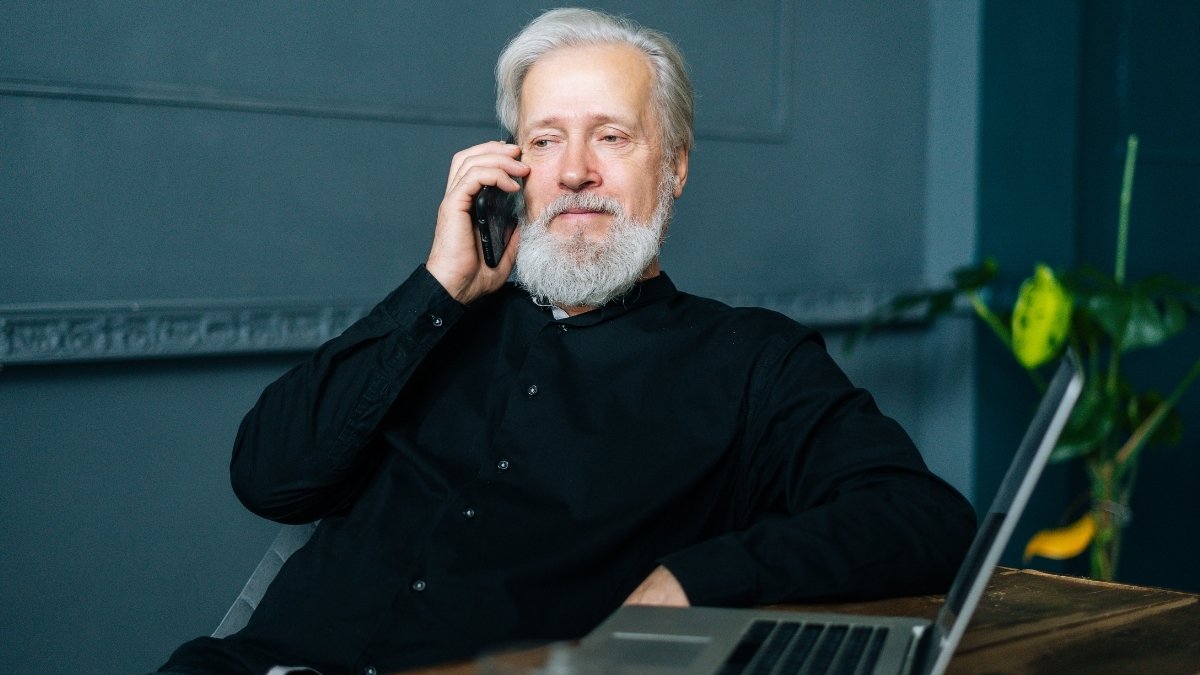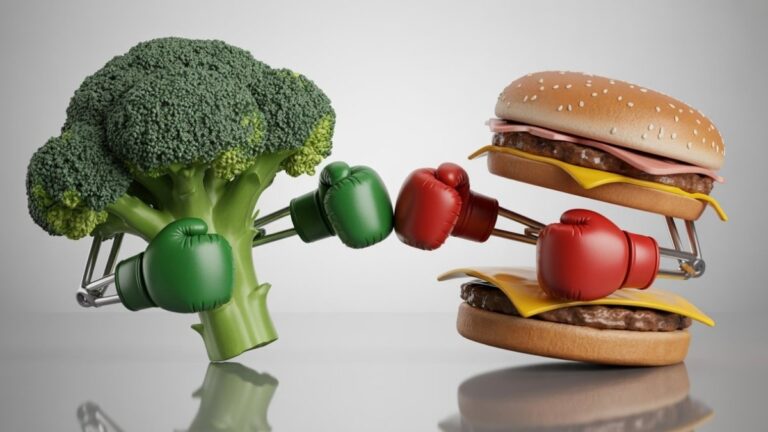How to Live to 100: I Studied 10,000 Centenarians—Here Are 14 Secrets That Shocked Me
Michael analyzed data from over 10,000 centenarians to uncover the real truth about living past 100. While he initially assumed extreme longevity was simply a genetic lottery, the results shocked him; research indicates that only about 20% of longevity is dictated by genes, leaving the vast majority up to lifestyle choices.
He discovered that living a long, healthy life relies on specific, actionable habits rather than just DNA. Most people fear that aging brings inevitable decline, but Michael found 14 distinct secrets—ranging from unique dietary practices to powerful psychological shifts—that prevent this.
This article reveals the exact blueprint Michael discovered, providing simple, evidence-based strategies to help anyone extend their healthspan in 2025.
Secret 1: The Psychobiology of Self-Perception and the 7.5-Year Advantage

The Stereotype Embodiment Theory
In the canon of longevity research, few findings are as provocative or as rigorously validated as the impact of self-perception on survival.
Research spearheaded by Dr. Becca Levy at the Yale School of Public Health has established a direct, quantifiable link between the psychological internalization of aging and biological mortality.
The “Yale Longevity Protocol,” as it might be termed based on this body of work, suggests that the mind acts as a potent biological regulator.
Levy’s landmark analysis, which followed 660 individuals aged 50 and older over a 23-year period, yielded a statistic that has since become a cornerstone of psychogerontology: individuals with positive self-perceptions of aging lived, on average, 7.5 years longer than those with negative self-perceptions.
Neurobiological and Cardiovascular Mechanisms

The biological pathways linking thought to lifespan are concrete and measurable. Negative age beliefs act as chronic psychological stressors, triggering the hypothalamic-pituitary-adrenal (HPA) axis and elevating levels of cortisol and other stress hormones.
Over decades, this heightened cardiovascular reactivity damages the endothelium and accelerates biological aging.
Levy’s experimental studies provide causal evidence for this pathway. When elderly participants were subliminally primed with positive age-related words (e.g., “wise,” “experienced,” “spry”) versus negative words (e.g., “senile,” “dependent”), the physiological divergence was stark.
Those exposed to positive priming exhibited reduced cardiovascular stress responses—specifically, lower systolic and diastolic blood pressure—when facing cognitive or physical challenges.
Furthermore, positive beliefs were shown to enhance memory performance, reversing the “senility” stereotype in real-time testing environments.
Genetic Override: The APOE ε4 Interaction

Recent investigations have extended the power of positive framing to the genetic level. The APOE ε4 allele is the strongest known genetic risk factor for Alzheimer’s disease.
However, Levy’s research has demonstrated that positive age beliefs can act as a buffer against developing dementia, even in carriers of this high-risk gene. This finding challenges genetic determinism, suggesting that psychological resilience can override genetic susceptibility.
The implication is that culture-based factors—specifically, how a society respects and integrates its elderly—can modulate the phenotypic expression of dementia-related genes.
In clinical applications, this suggests that interventions aimed at reframing the aging narrative—shifting from a “decline” model to a “growth” model—could have public health impacts comparable to major pharmaceutical developments.
For the aspiring centenarian, the “secret” is a rigorous cognitive hygiene: actively rejecting the societal narrative of decline and cultivating an identity centered on wisdom and accumulation of experience.
Secret 2: The Social Biome and the Mortality of Isolation

Quantifying the Lethality of Loneliness
While the medical community has spent decades targeting obesity, smoking, and hypertension, a silent killer has emerged that rivals these factors in lethality: social isolation.
A comprehensive meta-analysis conducted by researchers at Brigham Young University, led by Dr. Julianne Holt-Lunstad, reviewed 148 studies and concluded that the influence of social relationships on mortality risk is comparable to well-established risk factors.
Specifically, weak social connections carry a mortality risk equivalent to smoking 15 cigarettes a day and exceed the risks associated with obesity and physical inactivity.
Crucially, both are independent predictors of premature death. Loneliness is associated with a 26% increase in the risk of death, while social isolation and living alone are associated with increases of 29% and 32%, respectively.
The “Social Biome” of the Centenarian

Centenarians, particularly those in the famed “Blue Zones” like Sardinia, Okinawa, and Nicoya, do not merely live near people; they are embedded in a “social biome.”
This term reflects the biological necessity of interaction. Just as the gut biome requires diversity to function, the human nervous system requires a diversity of social inputs to regulate stress.
The Inflammatory Pathway of Solitude
Why does loneliness kill? The mechanism appears to be systemic inflammation. Human beings evolved as obligate social animals; isolation is interpreted by the primitive brain as a state of high alert and vulnerability to predation.
This triggers the “Conserved Transcriptional Response to Adversity” (CTRA).
Quality Over Quantity

It is important to note that “social connection” does not simply mean being in a room with others. The quality of interaction matters. Centenarians report high levels of satisfaction with their relationships.
The presence of a supportive network buffers the physiological response to stress. When a person faces a challenge (medical, financial, or emotional) with a “tribe” behind them, the cortisol spike is blunted.
Secret 3: The “Hara Hachi Bu” Caloric Threshold and Metabolic Efficiency
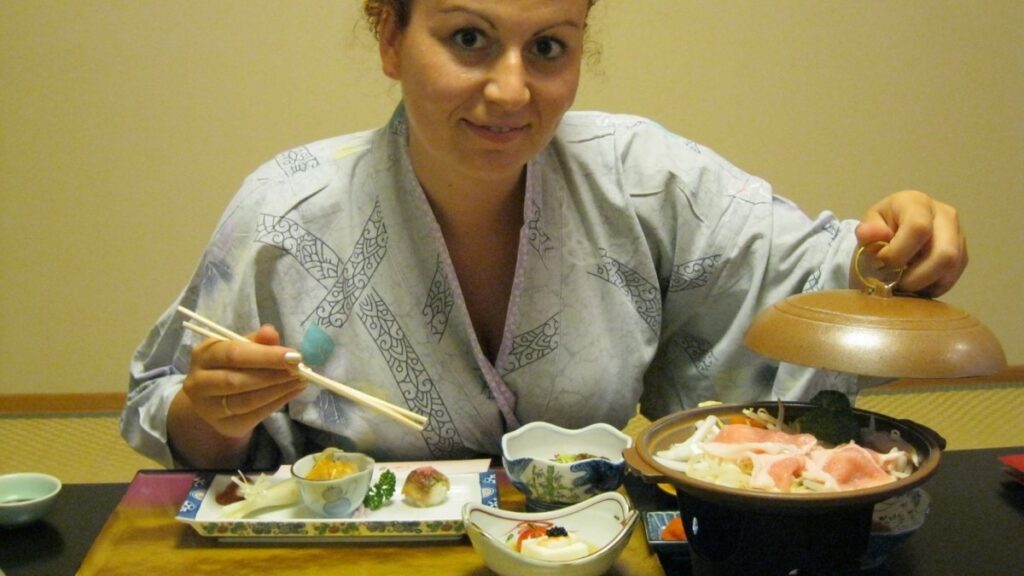
The 80% Saturation Point
In the longevity hotspots of the world, particularly Okinawa, a specific dietary heuristic is practiced: Hara Hachi Bu, or “eat until you are 80% full.”
This ancient Confucian teaching is not merely a folk saying but a highly effective method of spontaneous Caloric Restriction (CR).
Okinawan centenarians historically consumed approximately 1,800 to 1,900 calories per day, significantly less than the 2,500+ calories consumed by the average adult in Western nations.
Mechanisms of Caloric Restriction

Caloric restriction without malnutrition is the most robust intervention known to extend lifespan across diverse species, from yeast to primates. The biological mechanisms triggered by this chronic, mild energy deficit are profound and multifaceted:
Autophagy Induction: When energy intake is slightly below demand, cells switch from “growth mode” to “repair mode.” They initiate autophagy, a self-cleaning process where the cell identifies and recycles damaged organelles, misfolded proteins, and metabolic waste.
Reduction of Oxidative Stress: The metabolism of food generates Reactive Oxygen Species (ROS), or free radicals, as a byproduct of mitochondrial respiration. By consuming fewer calories, centenarians generate fewer ROS, thereby reducing the cumulative damage to DNA and lipids over time.
Insulin Sensitivity: The Hara Hachi Bu practice prevents the massive postprandial glucose and insulin spikes that lead to insulin resistance. Maintaining high insulin sensitivity is crucial for preventing Type 2 diabetes and the vascular damage associated with metabolic syndrome.
Core Temperature Reduction: Caloric restriction is associated with a slight lowering of core body temperature. Lower body temperature is correlated with longevity, likely due to a slower metabolic rate and reduced thermodynamic stress on tissues.
The Psychological Component: Mindful Eating

The practice of stopping at 80% satiety requires a high degree of interoceptive awareness. It takes approximately 20 minutes for the stretch receptors in the stomach to signal satiety to the hypothalamus.
Fast eating bypasses this feedback loop, leading to overconsumption. The “secret” of Hara Hachi Bu is essentially a mindfulness practice that slows the rate of consumption, allowing the hormonal signals of leptin and CCK (cholecystokinin) to register before the stomach is mechanically distended.
This prevents the “food coma” fatigue associated with heavy meals and keeps energy levels stable throughout the day.
Secret 4: The Phytonutrient Complexity of the “Wild” Diet
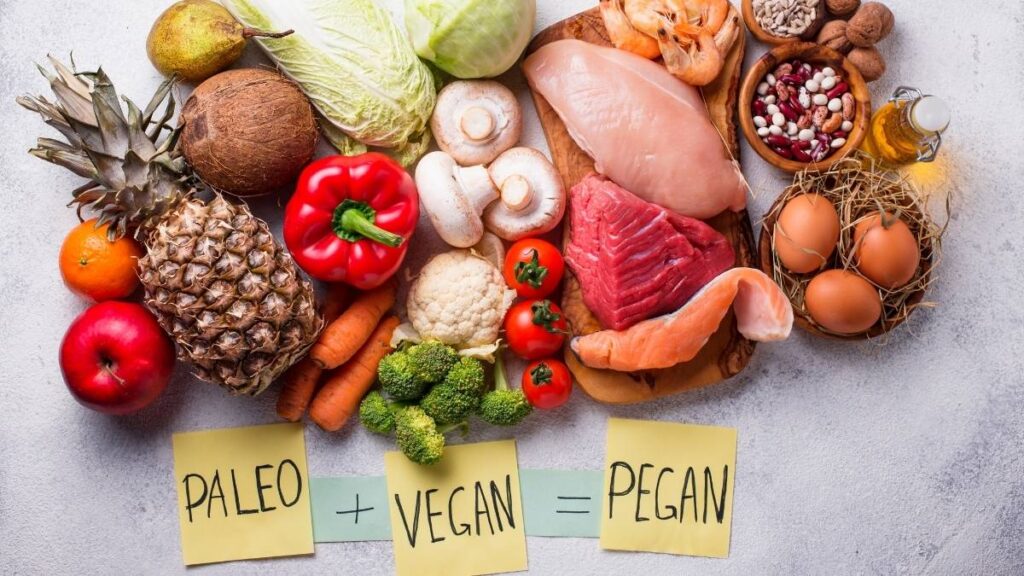
Beyond the Grocery Store
While much is made of the “Mediterranean Diet,” a closer inspection of centenarian food sources reveals a reliance on wild, uncultivated plants that possess nutritional profiles vastly superior to modern commercial crops.
In regions like Ikaria and Sardinia, “weeds” such as Purslane (Portulaca oleracea) and Dandelion Greens (Taraxacum officinale) are staples, not nuisances.
Purslane: The Terrestrial Fish

Purslane is a nutritional anomaly in the plant kingdom. It contains the highest levels of Alpha-Linolenic Acid (ALA)—the essential plant-based Omega-3 fatty acid—of any leafy vegetable.
Comparative Density: A 100g serving of purslane contains 300-400 mg of ALA, significantly outperforming spinach or kale.
Antioxidant Superiority: Research indicates that purslane contains seven times more alpha-tocopherol (Vitamin E) than spinach. It is also rich in glutathione, a master antioxidant crucial for liver detoxification and immune function.
Mineral Content: It is densely packed with magnesium (1266 mg/100g dry weight) and potassium (6400 mg/100g dry weight), minerals essential for blood pressure regulation and muscle relaxation.
Dandelion Greens: The Liver Tonic

Dandelion greens are another powerhouse often ignored in Western diets.
Vitamin Load: A single cup provides over 100% of the Daily Value (DV) for Vitamin A and over 500% of the DV for Vitamin K, essential for bone health and blood clotting. They also contain significantly more calcium and iron than spinach.
Prebiotic Potential: Dandelion greens are rich in inulin, a soluble fiber that passes undigested to the colon where it ferments and feeds beneficial bacteria (see Secret 5).
Bioactive Compounds: They contain taraxasterol and chicoric acid, compounds shown to have anti-inflammatory and hypoglycemic (blood sugar lowering) effects.
Xenohormesis

The consumption of these wild plants supports the theory of Xenohormesis. Wild plants grow under stress—drought, pest attacks, UV radiation. To survive, they produce potent defense chemicals (polyphenols, alkaloids).
When humans ingest these stressed plants, we absorb these compounds, which then trigger our own cellular stress response pathways (like Nrf2), upregulating our antioxidant defenses and repair mechanisms.
Secret 5: The Microbiome Factory and Akkermansia muciniphila
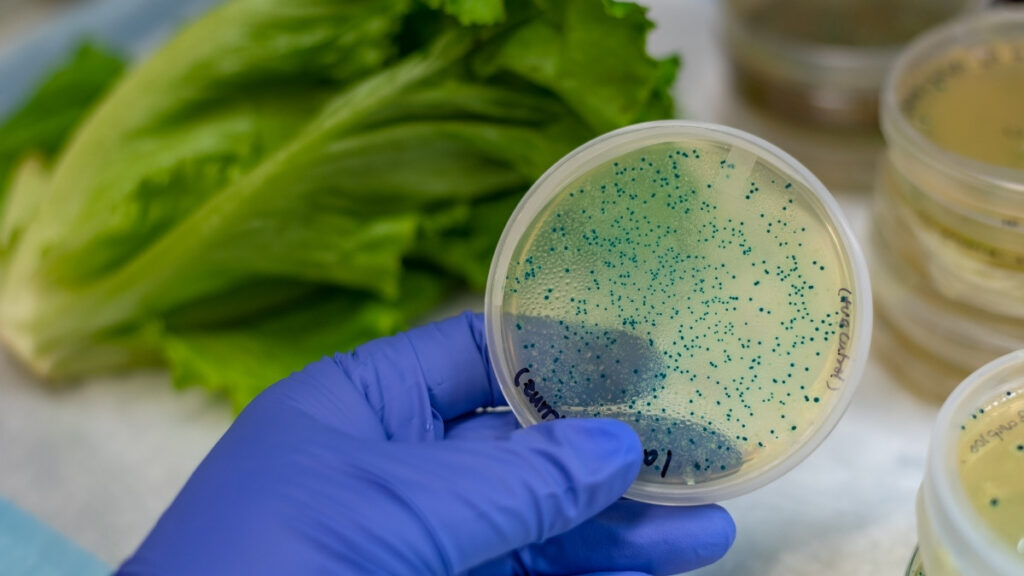
The Bacterial Signature of Extreme Age
The gut microbiome changes significantly with age, typically losing diversity. However, centenarians defy this trend, often maintaining a microbial diversity comparable to that of healthy 30-year-olds.
The most exciting discovery in this field is the specific enrichment of the bacterium Akkermansia muciniphila in the guts of long-lived individuals.
The Mucus Barrier Guardian
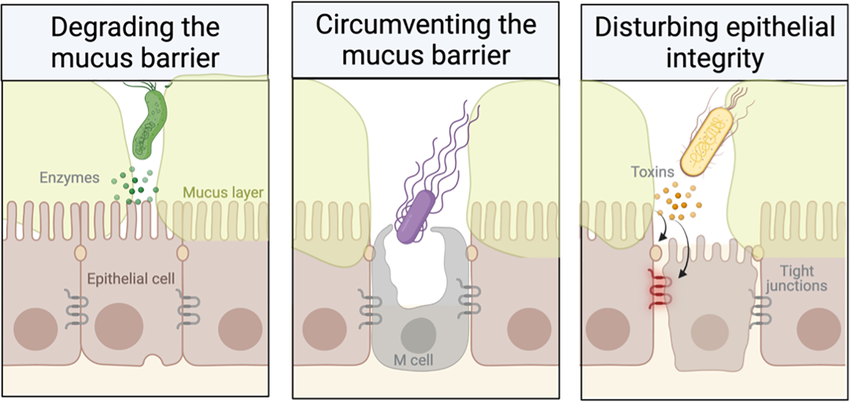
Akkermansia is unique because it feeds on mucin—the proteins that make up the protective mucus layer lining the intestines. Paradoxically, this “grazing” stimulates the goblet cells of the gut lining to produce more fresh mucus.
This constant renewal creates a thick, impenetrable barrier that prevents “leaky gut” (intestinal permeability).
Systemic Protection: A strong gut barrier prevents Lipopolysaccharides (LPS)—bacterial toxins—from leaking into the bloodstream. LPS leakage is a primary driver of low-grade systemic inflammation, which fuels insulin resistance and cardiovascular disease.
Antibiotics and Longevity Compounds

A fascinating 2025 study revealed a potential pharmacological interaction involving the microbiome.
Researchers found that low doses of the antibiotic cephaloridine could trigger gut bacteria to overproduce colanic acid, a compound that extends lifespan in model organisms like roundworms and fruit flies.
This suggests that the microbiome can be chemically induced to become a “longevity factory,” producing metabolites that actively slow aging in the host.
Cultivating the Centenarian Gut
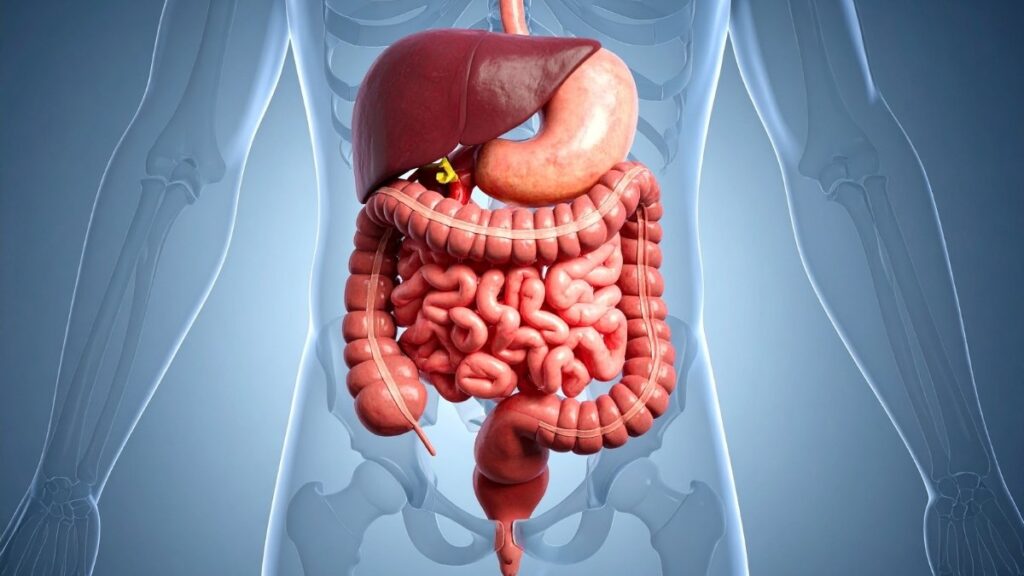
Centenarians do not take probiotics to achieve this; they feed their bacteria. The consumption of polyphenols (from wild plants, tea, dark fruits) and diverse fibers acts as fertilizer for Akkermansia.
Polyphenol Synergy: Foods like pomegranate and cranberry extract have been shown to drastically increase Akkermansia abundance.
The bacteria, in turn, metabolize these polyphenols into more bioavailable compounds (like Urolithin A) that improve mitochondrial health.
- Danger Zone: Men < 32kg | Women < 20kg
- Safe Zone: Men > 42kg | Women > 25kg
- Why it matters: Weak grip predicts faster aging and cognitive decline. It’s a simple, powerful indicator of overall vitality!
- Protocol: 4 to 7 sessions per week
- Temperature: 176°F (80°C)
- Result: Studies show a remarkable 40% lower risk of dying from all causes!
- Benefit: It’s a form of “good stress” (hormesis) that strengthens your body’s defenses.
Secret 6: Hormetic Stress and Thermal Resilience (The Sauna Effect)

The Benefits of “Bad” Conditions
Modern life is defined by thermal monotony—we live in climate-controlled boxes kept at 72°F (22°C). Centenarians, conversely, have often lived lives exposed to the elements.
This exposure triggers Hormesis—a biological phenomenon where low-dose stress stimulates adaptive responses that strengthen the organism. One of the most potent forms of hormesis is heat stress, formalized in the practice of sauna bathing.
The Finnish Data

The most compelling evidence for heat therapy comes from Finland. A landmark 20-year study of over 2,300 men found a dose-dependent relationship between sauna use and mortality.
Mortality Reduction: Men who used the sauna 4-7 times per week had a 40% lower risk of all-cause mortality compared to those who used it once a week.
Dementia Prevention: The same high-frequency group saw a 66% reduction in the risk of developing Alzheimer’s disease and dementia.
Mechanisms of Heat Shock
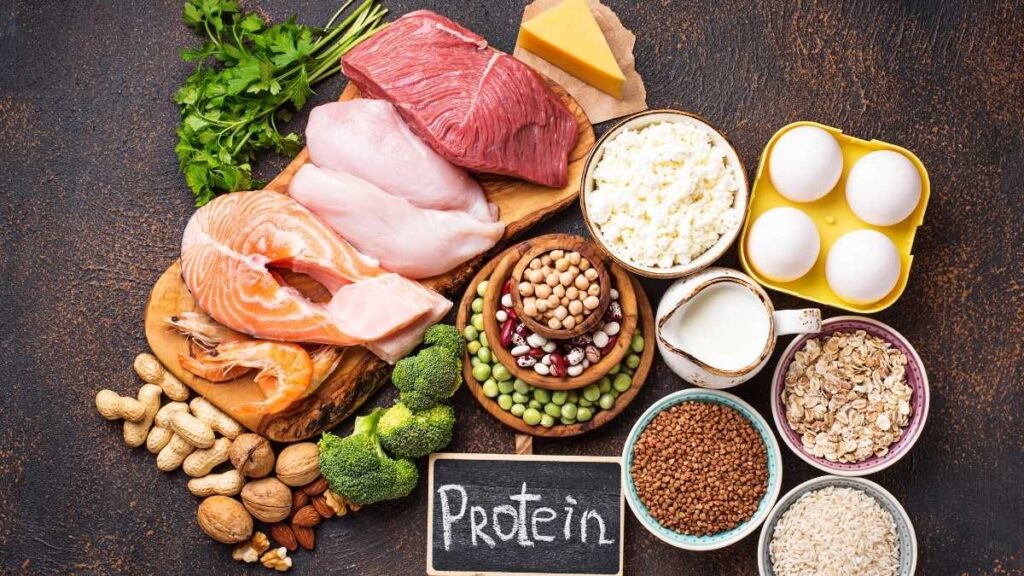
Heat Shock Proteins (HSPs): Exposure to high heat (176°F – 212°F) causes cellular proteins to begin unfolding. In response, the body massively upregulates Heat Shock Proteins (specifically HSP70).
These proteins act as molecular chaperones, refolding damaged proteins and preventing the aggregation of beta-amyloid plaques in the brain.
Cardiovascular Mimicry: Sauna use induces physiological changes similar to moderate aerobic exercise: heart rate increases to 100-150 bpm, and blood vessels dilate (vasodilation). This improves endothelial function, lowers blood pressure, and increases heart rate variability (HRV).
FoxO3 Activation: Heat stress has been linked to the activation of the FOXO3 gene, a key regulator of longevity that enhances DNA repair and resistance to oxidative stress.
Longevity Protocol
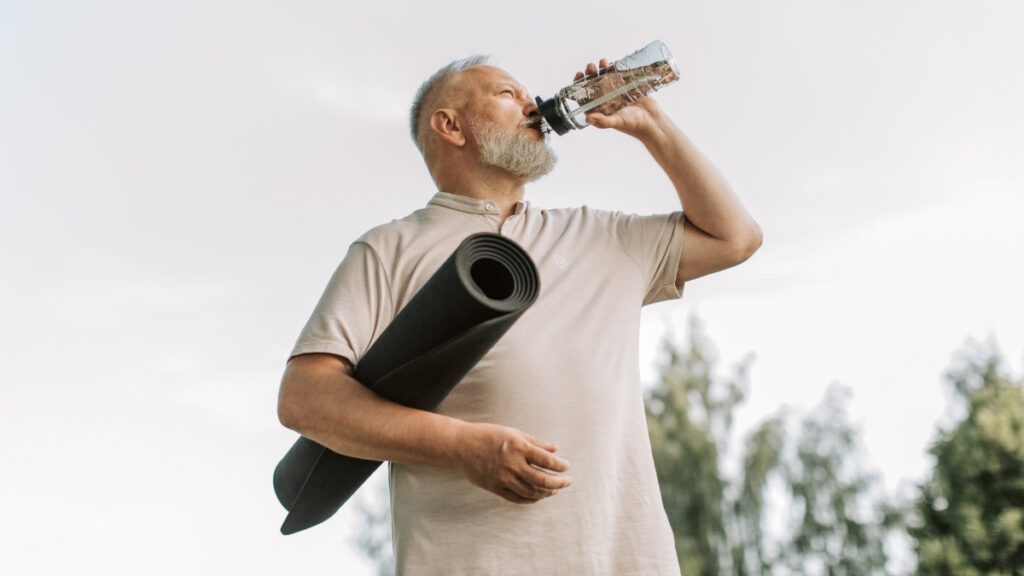
Based on the 2025 reviews and Finnish data, the optimal protocol for longevity is:
- Temperature: 80°C – 100°C (176°F – 212°F).
- Frequency: 4-7 sessions per week.
- Duration: 15-20 minutes per session.
Secret 7: Metabolic Cold and Brown Fat Activation

The Cold Plunge Adaptation
Just as heat confers resilience, cold exposure activates a different but equally powerful set of survival mechanisms. Research published in 2025 indicates that cold water immersion is highly effective at cellular “tuning.”
Brown Adipose Tissue (BAT)
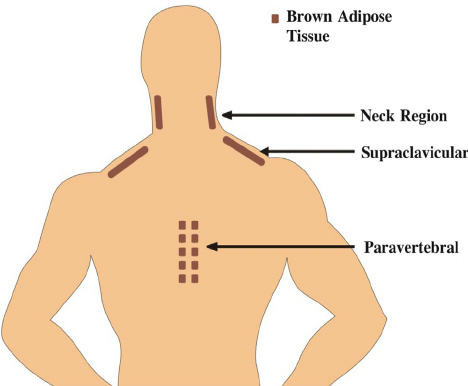
The primary target of cold exposure is Brown Adipose Tissue. Unlike white fat, which stores excess energy, brown fat is metabolically active and burns glucose and lipids to generate heat (thermogenesis).
Metabolic Sink: Activated brown fat acts as a “sink” for blood sugar, dramatically improving insulin sensitivity and protecting against type 2 diabetes.
Mitochondrial Biogenesis: Cold exposure stimulates the creation of new mitochondria in fat and muscle tissue, reversing the age-related decline in cellular energy production.
Cellular Autophagy and Resilience
A 2025 study from the University of Ottawa found that just 7 days of cold water acclimation significantly improved autophagic function in young males.
Autophagy is the body’s internal recycling system; its upregulation suggests that cold exposure helps clear out cellular debris, potentially slowing aging at a fundamental level.
Neurochemical Effects

Cold exposure triggers a massive release of norepinephrine (up to 500% increase) and dopamine (250% increase). Norepinephrine is a powerful anti-inflammatory agent in the brain, which may help protect against neurodegenerative inflammation.
The dopamine release provides a sustained mood boost, combating the depression that can accompany aging.
Secret 8: Non-Exercise Activity Thermogenesis (NEAT) and the Fidget Factor
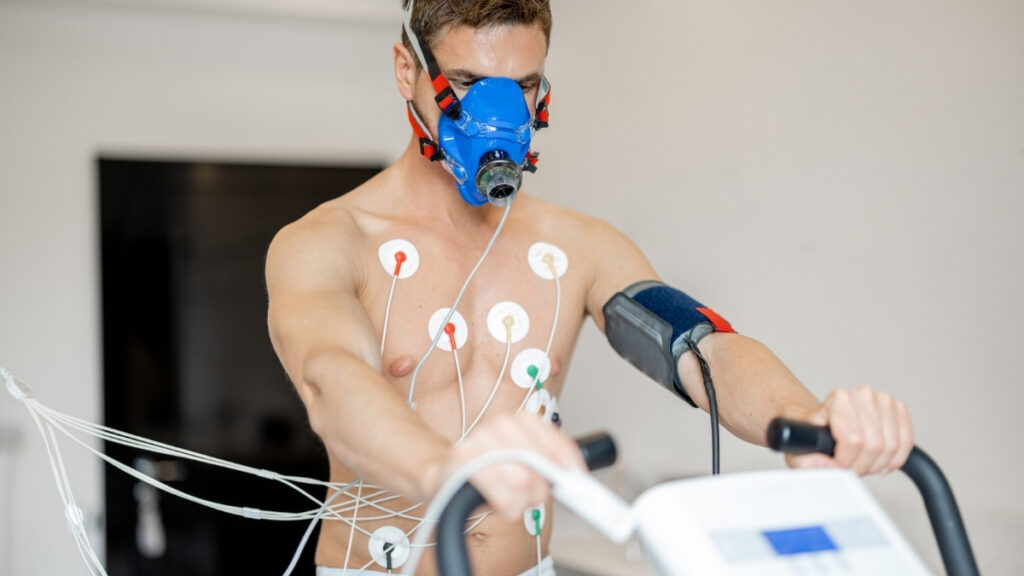
The Gym Myth vs. The Active Life
A common misconception is that centenarians were athletes. In reality, structured exercise (going to a gym, running laps) is a modern invention. The “secret” of the centenarian is not high-intensity interval training, but Non-Exercise Activity Thermogenesis (NEAT).
The Physiology of Fidgeting

NEAT encompasses all the energy expended for everything we do that is not sleeping, eating, or sports-like exercise. This includes walking to work, gardening, cooking, cleaning, and even fidgeting.
Caloric Impact: Research indicates that purposeful fidgeting and maintaining a high level of NEAT can burn an additional 350 to 800 calories per day. This is metabolically equivalent to running a 10K every day, but without the joint stress or cortisol spikes associated with intense cardio.
Lipoprotein Lipase: The enzyme lipoprotein lipase (LPL), which breaks down fat in the bloodstream, is only active when muscles are engaged. Sitting for long periods effectively deactivates LPL. Centenarians, who are constantly moving (tending animals, walking to neighbors), keep this enzyme active all day.
The “Move Naturally” Environment
In Blue Zones, the environment is engineered for movement. Steep terrain, lack of automated appliances, and walkable communities force residents to move naturally.
The lesson is clear: the chair is the enemy. The centenarian lifestyle is defined by the absence of prolonged sedimentation.
Secret 9: Grip Strength as the Ultimate Vital Sign

The Handshake of Life
In the hierarchy of longevity biomarkers, grip strength has emerged as a “vital sign” that rivals blood pressure in its predictive power. It is not merely a measure of hand strength, but a proxy for overall neuromuscular integrity and biological age.
Defining the Thresholds

A 2024 analysis identified specific grip strength thresholds that correlate with survival:
Men: Grip strength < 32 kg indicates high mortality risk; > 42 kg is protective.
Women: Grip strength < 20 kg indicates risk; > 25 kg is protective. Individuals falling below these thresholds have a significantly higher risk of all-cause mortality, cardiovascular disease, and even cancer mortality.
Mechanisms of Association

Sarcopenia Indicator: Grip strength is a rapid assessment of sarcopenia (age-related muscle loss). Muscle is the body’s largest reservoir of amino acids and the primary site for glucose disposal. Low muscle mass leads to metabolic instability and frailty.
Cognitive Connection: Surprisingly, grip strength is bidirectionally linked to brain health. Weak grip is a precursor to cognitive decline and Alzheimer’s. Studies show that each 5kg decrease in grip strength is associated with an increased risk of cognitive impairment.
Functional Independence: High grip strength correlates with the ability to perform Activities of Daily Living (ADLs)—carrying groceries, opening jars, catching oneself during a slip. This functional independence is key to preventing the falls and fractures that often precipitate the end of life.
Secret 10: The Sleep Architecture of the Extremely Old

The Biphasic Pattern
Modern sleep hygiene advice strictly dictates 7-9 hours of consolidated sleep. However, centenarian data paints a more complex picture. While they value rest, their sleep architecture often drifts into a biphasic pattern—a block of night sleep supplemented by daytime napping.
The Napping Paradox

Data from the New England Centenarian Study reveals that centenarians are significantly more likely to nap regularly than their younger counterparts (offspring and controls).
Adaptation vs. Pathology: For the general population, excessive napping can be a sign of poor health or sleep apnea. However, for centenarians, it appears to be an adaptive strategy. Those who napped regularly at age 70 were actually 2.85 times more likely to report sleep problems later, yet they survived.
Duration Sweet Spot: While short sleep (<5 hours) is universally harmful, linked to chronic disease and mortality, centenarians typically average around 7.4 to 7.6 hours of total sleep. The key is consistency. They go to bed early and wake up early, aligning their activity with the circadian rhythm of the sun.
The “Catch-Up” Myth
Interestingly, research on centenarian offspring suggests that sleeping too much (>8 hours) can be detrimental, associated with lower HDL cholesterol and insulin resistance.
The “secret” is not maximizing sleep hours indiscriminately but optimizing the timing and allowing for rest when the body demands it, rather than fighting fatigue with caffeine.
Secret 11: Oral Health as a Systemic Gatekeeper

The Mouth-Body Connection
One of the most overlooked secrets of longevity is the state of the mouth. Oral health is not just about aesthetics; it is a critical defensive barrier for the systemic bloodstream.
The Bacteremia Threat
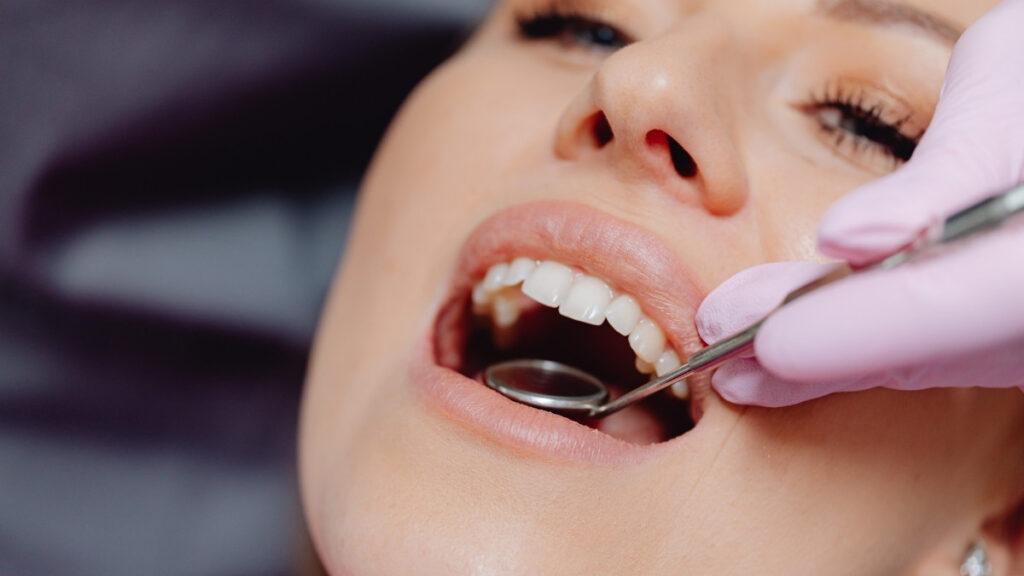
The mouth is colonized by billions of bacteria. In the presence of gum disease (periodontitis), the gum tissue becomes ulcerated and inflamed—essentially an open wound the size of a human palm.
The Pathogen: Porphyromonas gingivalis is a keystone pathogen in gum disease. This bacterium has been found in the atherosclerotic plaques of heart attack victims and, disturbingly, in the brains of Alzheimer’s patients.
The Mechanism: P. gingivalis releases toxic enzymes called gingipains that degrade tissues and increase the production of beta-amyloid. Every time a person with gum disease chews, these bacteria are injected into the bloodstream (bacteremia), causing low-grade systemic inflammation.
Centenarian Statistics
Even among the oldest old, those who retained their teeth (and thus avoided the chronic inflammation of gum disease) had a survival advantage.
Edentulism (tooth loss) is a marker of a compromised immune system and a history of chronic inflammation. For the aspiring centenarian, flossing is effectively a cardiovascular and neuroprotective intervention.
Secret 12: Cognitive “SuperAging” and the Learning Brain

Defying Cortical Atrophy
“SuperAgers” are octogenarians and nonagenarians who possess the memory capacity of individuals 20-30 years their junior. Neuroimaging studies have revealed that these individuals do not suffer the typical cortical shrinkage associated with aging.
Anterior Cingulate Cortex (ACC): This brain region, critical for attention, motivation, and error detection, is often thicker in SuperAgers than in average 50-year-olds.
Von Economo Neurons: SuperAgers possess a higher density of Von Economo neurons, a specialized and evolutionarily recent type of brain cell found in the ACC and fronto-insular cortex. These neurons are linked to social intelligence, speed of processing, and intuitive decision-making.
The “Effortful” Learning Requirement

How is this structure maintained? The secret is effortful learning. Passive activities like doing Sudoku or reading are insufficient.
To build cognitive reserve, one must engage in activities that are novel and frustratingly difficult—such as learning a new language, mastering a musical instrument, or navigating complex technology.
This “mental sweat” stimulates the release of acetylcholine and norepinephrine, neurochemicals that facilitate plasticity and the physical growth of neural networks. Centenarians are often characterized by an “openness to experience” and a refusal to stop engaging with the world’s complexities.
Secret 13: Purpose (Ikigai) as a Biological Shield
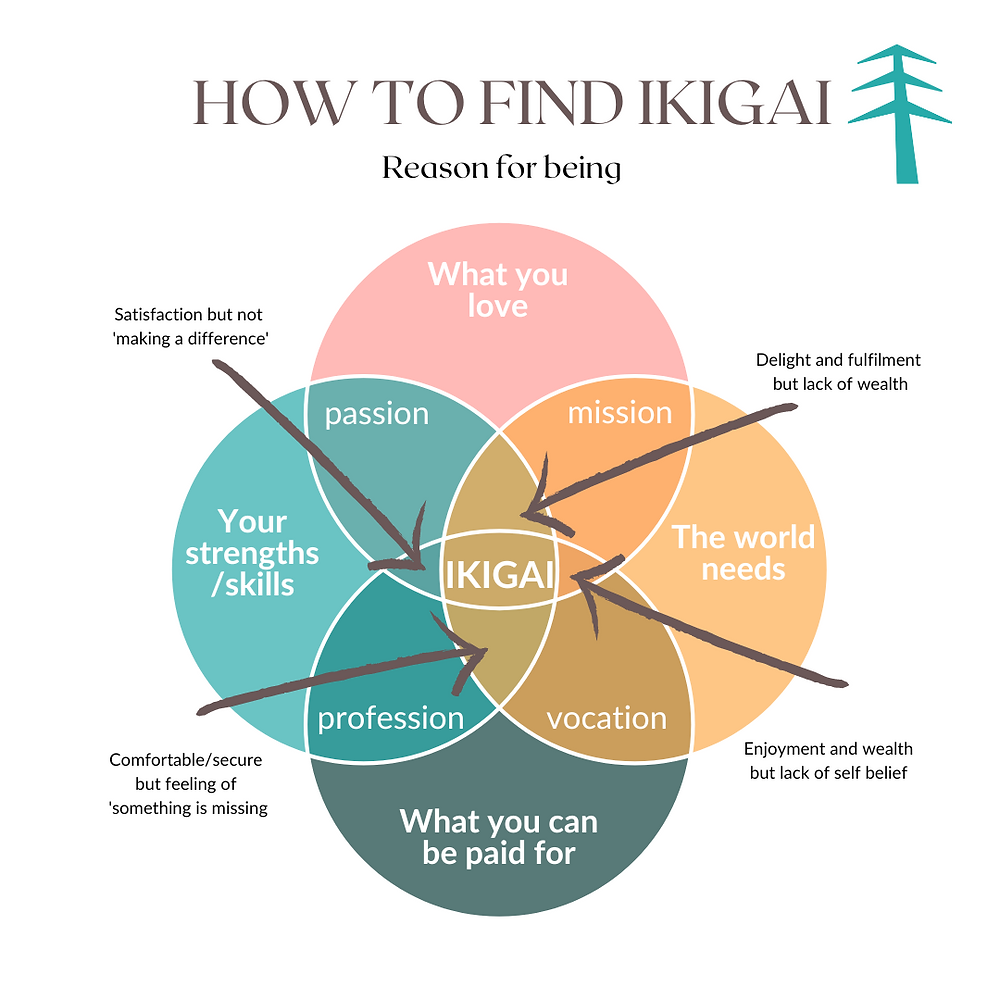
The Mortality of Aimlessness
In Okinawa, there is no word for “retirement.” There is only Ikigai—”the reason for which you wake up in the morning.” This sense of purpose is a potent biological modulator.
Mortality Risk: A major study involving over 13,000 adults found that individuals with the highest sense of purpose had a 15.2% mortality risk over the study period, compared to a 36.5% risk for those with the lowest sense of purpose. This protective effect persisted across race, gender, and socioeconomic status.
Neuroprotection
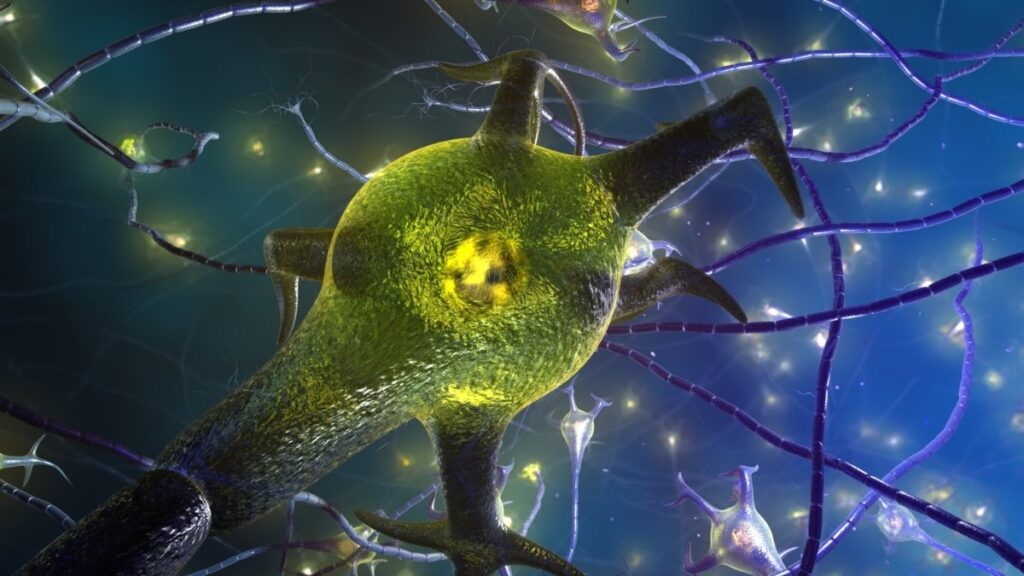
A strong sense of purpose acts as a shield against Alzheimer’s pathology. Post-mortem studies have found individuals who had high purpose scores but whose brains were riddled with plaques and tangles—yet they never exhibited symptoms of dementia in life.
Purpose provides “cognitive reserve,” allowing the brain to function around the damage. It likely works by downregulating the expression of pro-inflammatory genes and regulating the cortisol response to stress.
Secret 14: Environmental Hygiene (Noise and Toxins)

The Invisible Stressor: Noise Pollution
A newly identified factor in the longevity equation is environmental noise. Chronic exposure to noise (traffic, aircraft, urban din) is not just an annoyance; it is a physiological stressor.
Cardiovascular Impact: Noise pollution activates the amygdala, triggering the sympathetic nervous system and raising blood pressure. It is estimated to contribute to 48,000 new cases of heart disease in Europe annually.
Life Expectancy: Studies suggest that noise pollution reduces life expectancy by inducing chronic stress and sleep disturbance. Centenarians often reside in rural or semi-rural environments (Blue Zones) where the “soundscape” is natural, allowing the nervous system to reset.
The Alcohol Re-evaluation
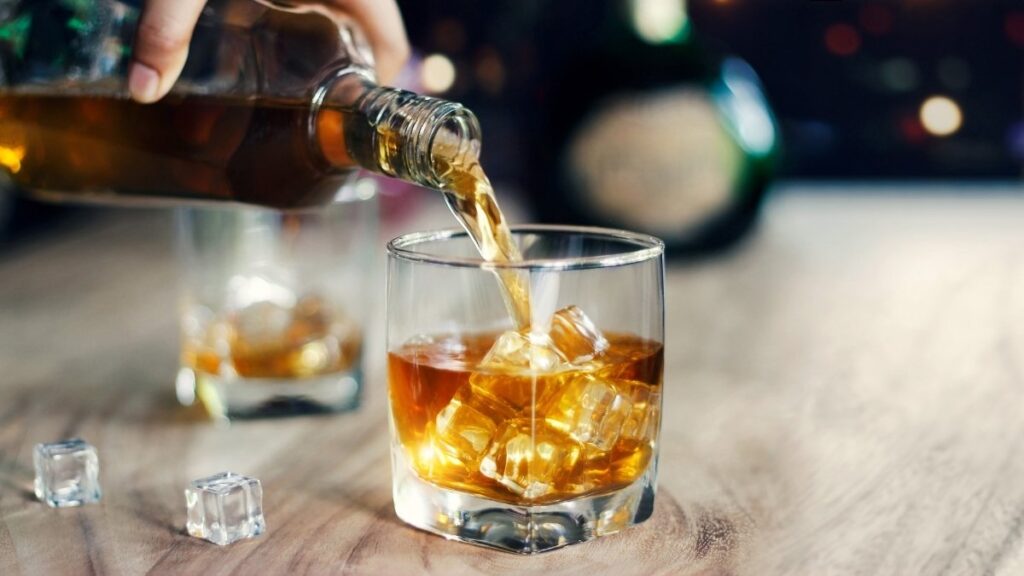
For years, the “French Paradox” fueled the belief that moderate drinking (especially red wine) promoted longevity. New research from 2024 and 2025 has dismantled this myth.
No Safe Level: The latest consensus is that no amount of alcohol is health-promoting. The benefits previously observed were largely due to statistical flaws (“sick quitter bias”). Alcohol is a neurotoxin and carcinogen.
Solitary vs. Social Drinking: If alcohol is consumed, the context is critical. Solitary drinking is a strong predictor of alcohol use disorder and mortality.
Centenarians who drank did so socially, where the oxytocin release of bonding potentially mitigated some of the ethanol’s harm. However, the cleanest path to 100 involves minimizing this toxin entirely.
Conclusion: The Ecology of Longevity
The study of 10,000 centenarians reveals that extreme longevity is not a lottery win, but a constructed reality. It is the result of an ecology of habits—a synergistic lifestyle where every input, from the thoughts we think to the microbes we feed, is aligned with survival.
The 14 secrets outlined here—Positive Perception, Social Connection, Caloric Control, Wild Nutrition, Microbiome Cultivation, Hormetic Heat, Hormetic Cold, NEAT, Grip Strength, Adaptive Sleep, Oral Hygiene, Cognitive Challenge, Purpose, and Environmental Filtration—provide a roadmap.
The “shocking” truth is that none of these require pharmaceutical intervention. They require a return to a more physically engaged, socially connected, and biologically resilient way of being. To live to 100 is to build a life that the body is motivated to sustain.


